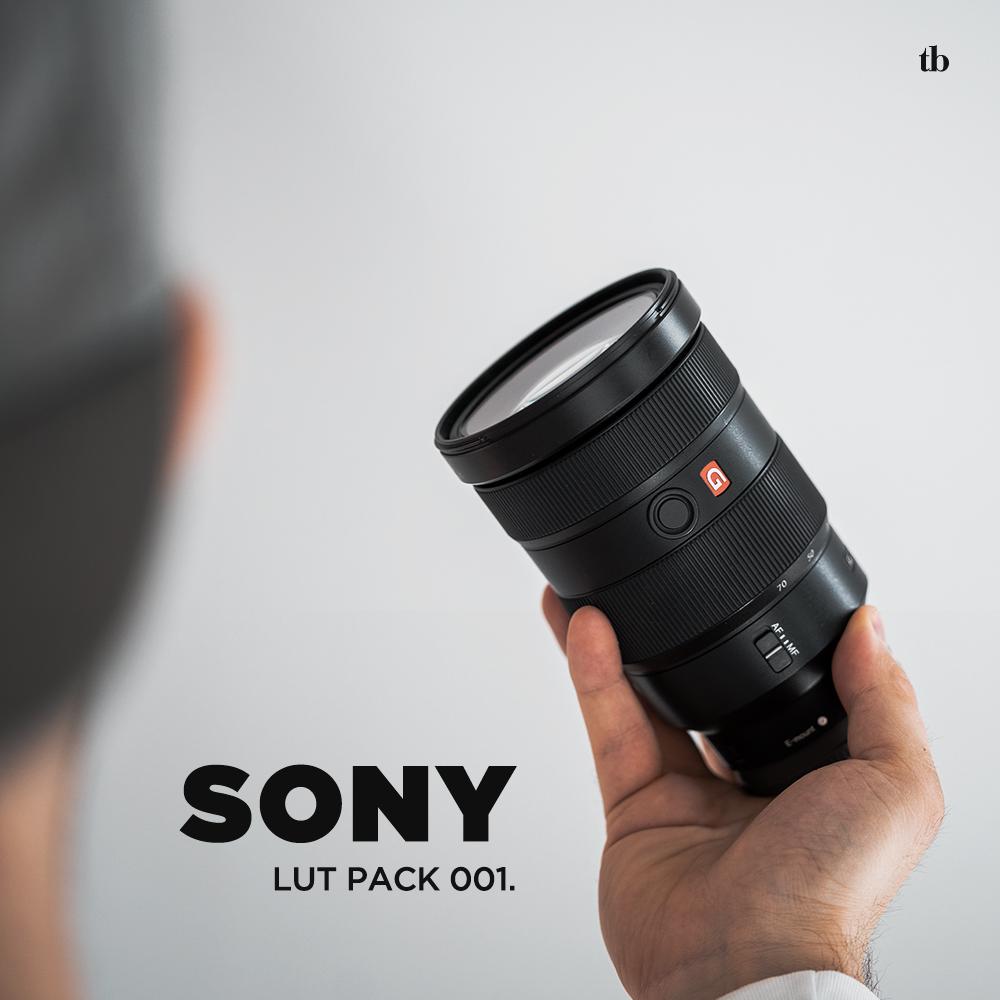

Right, they're designed to do a very specific function, from LOG to Rec 709 could be a color space transformation. Then there are also data or color space transformation LUTs, these are also called, I tend to call them "technical LUTs". In a calibration lookup table, what we're doing is measuring the color accuracy of this display, and comparing how it produces its colors, and its brightness values to some sort of standard that's pre-defined, and if it's wrong, we can create a LUT that takes this display, and fits it so that it's perfectly calibrated. Now you have many different types of LUTs. And every LUT only does one transform, it does one thing, all the time. Point A is the input, what the image originally looked like, and point B is the output, what the image finally looks like. The main point of a lookup table is to transform an image, to move it from point A to point B. And before we talk about working with LUTs, I figure we should understand all the different uses of LUTs, what they are, and what they aren't. But in this discussion is an alternative workflow, and this workflow is all about how do we do this initial contrast expansion, going from a log look into something that looks good to our eyes, into something more of a finished print, and there's a tool out there called the lookup table, or LUT, and a LUT's job is to do just that, among many things, is to expand our contrast. And frankly for a lot of jobs, this is how I do it, I just manually color-correct, as if it was just normal, regular video. We've then looked at log images, and we've also looked at different ways of color-correcting log images, and we've been doing this manually. We've been talking about raw, and developing raw into a starting point, and frequently a favorite starting point is to a log style image.


 0 kommentar(er)
0 kommentar(er)
